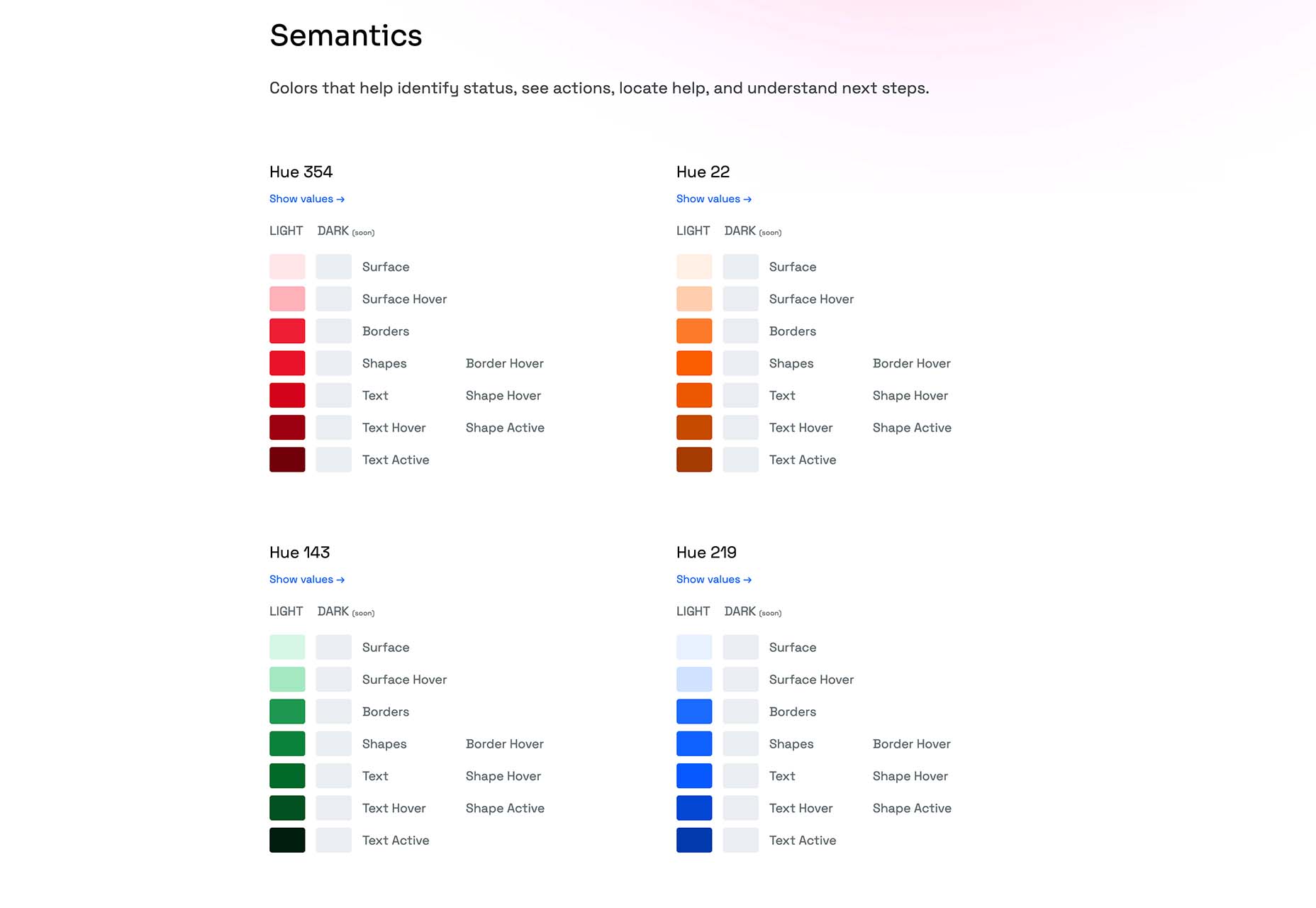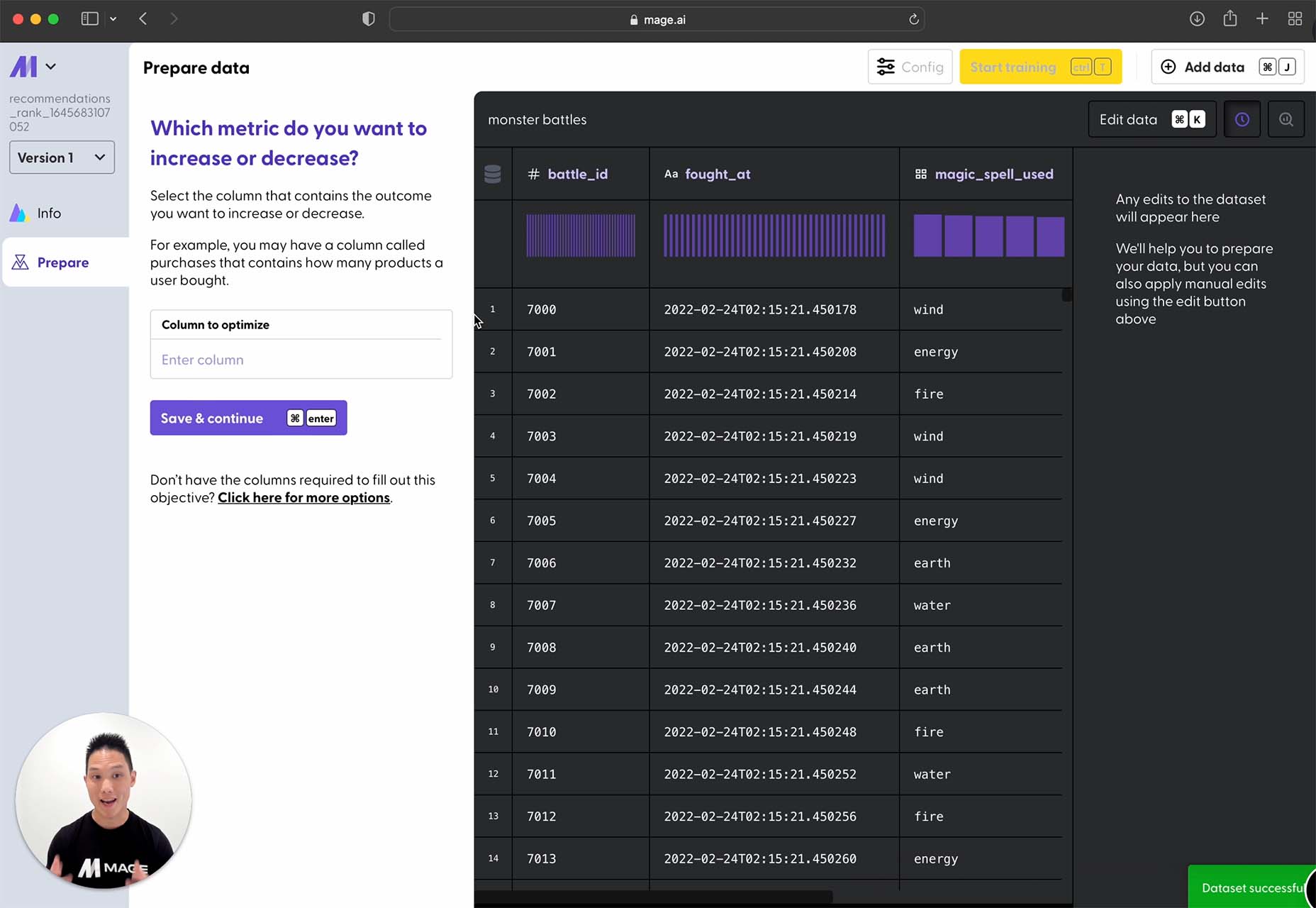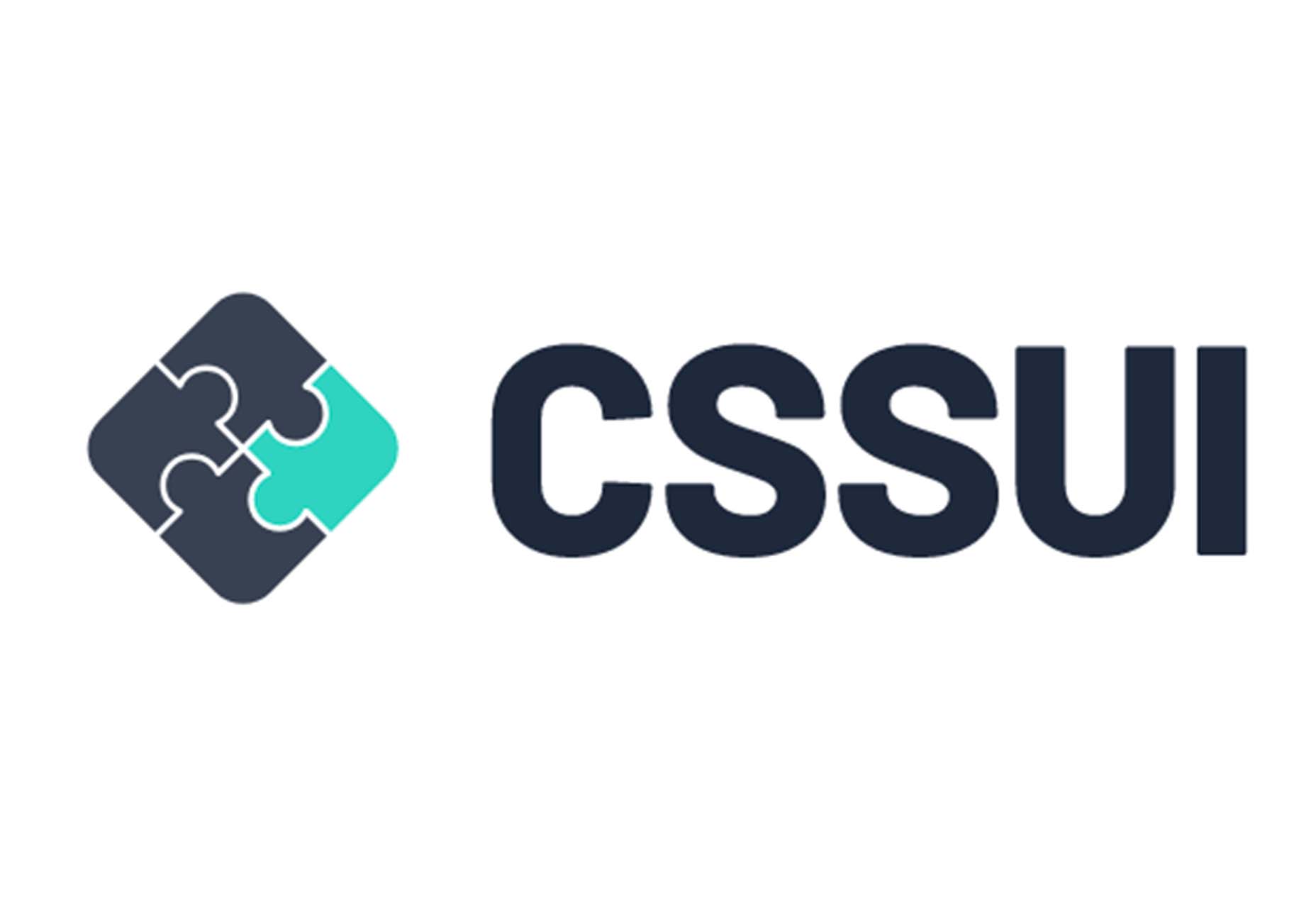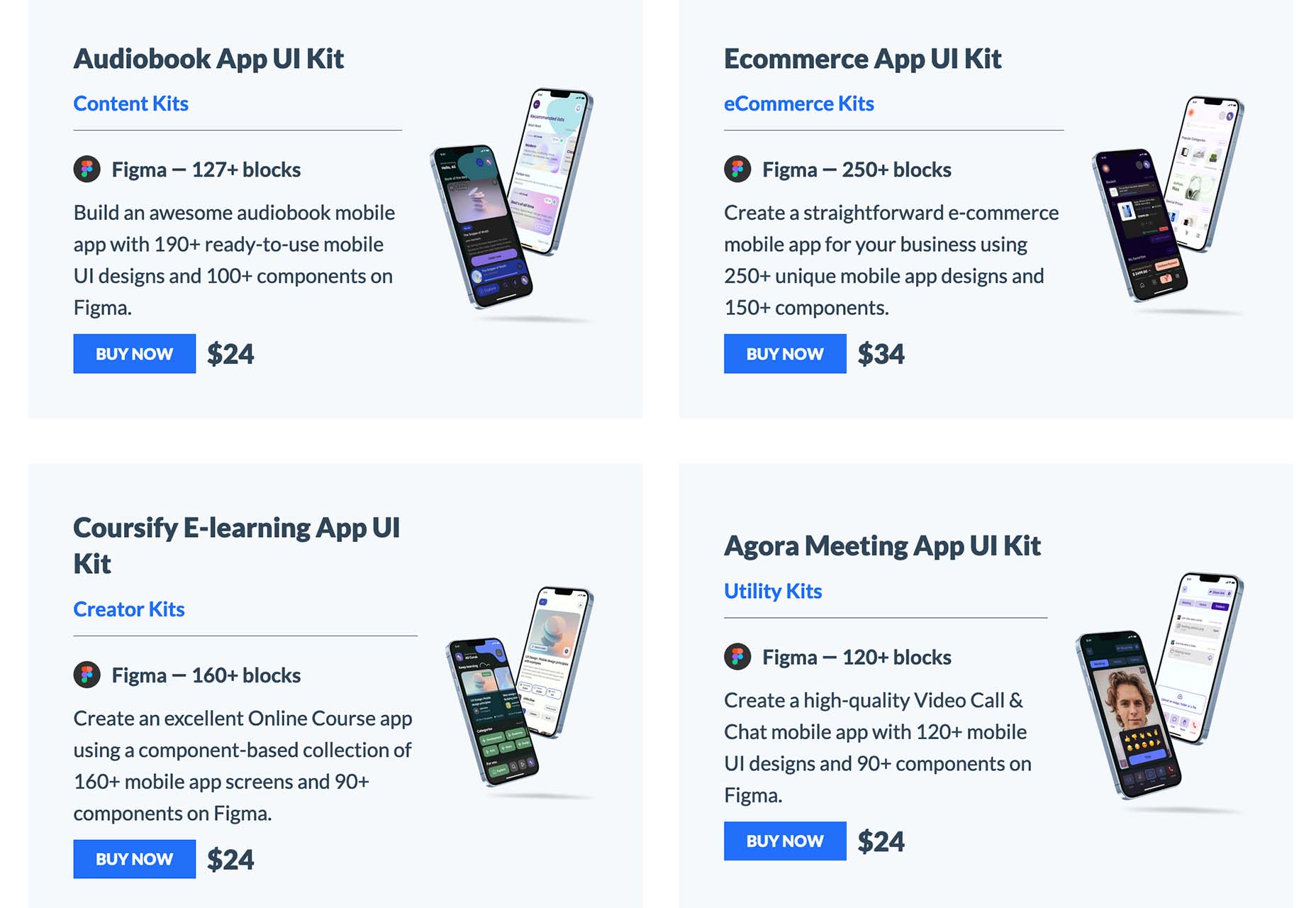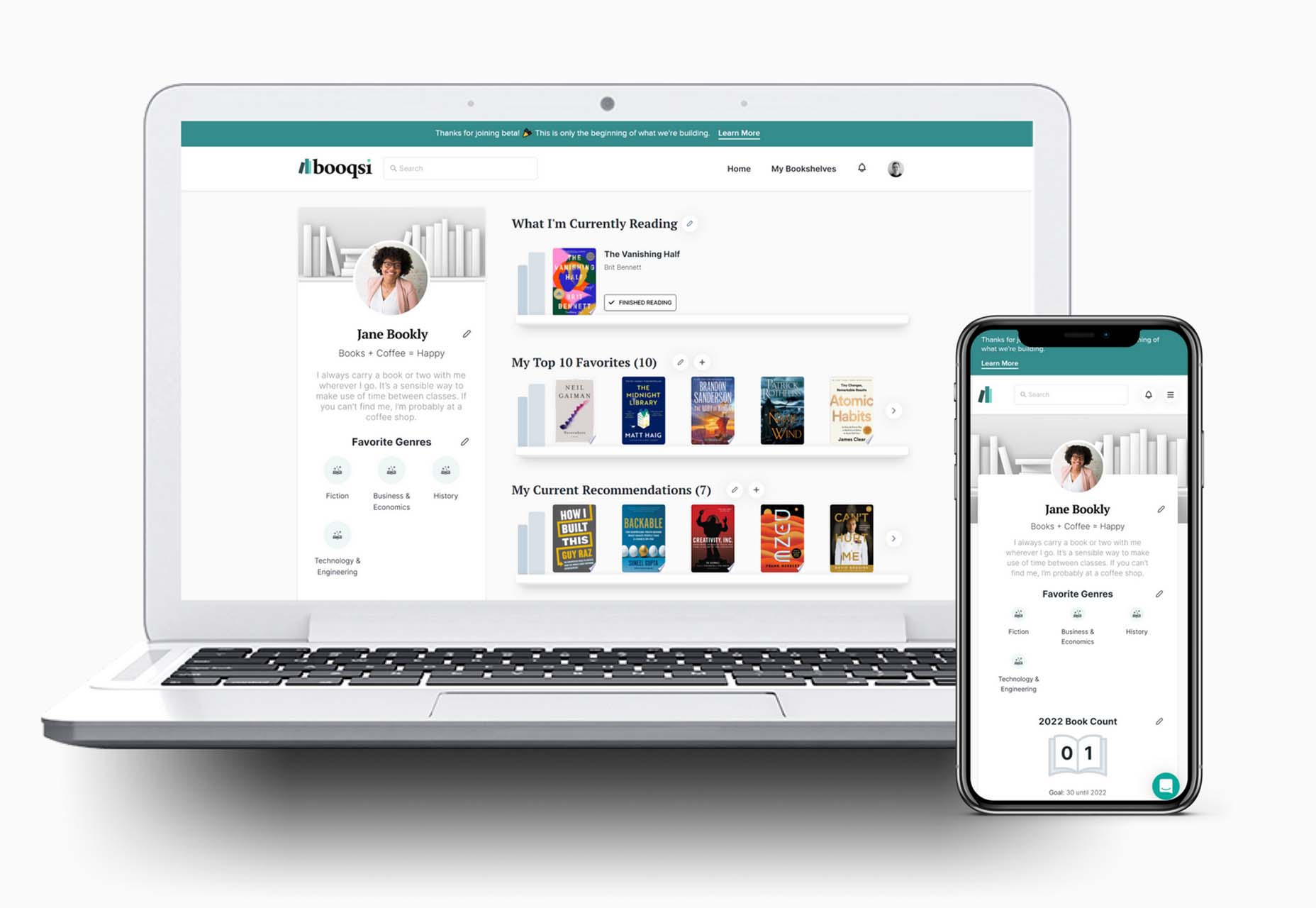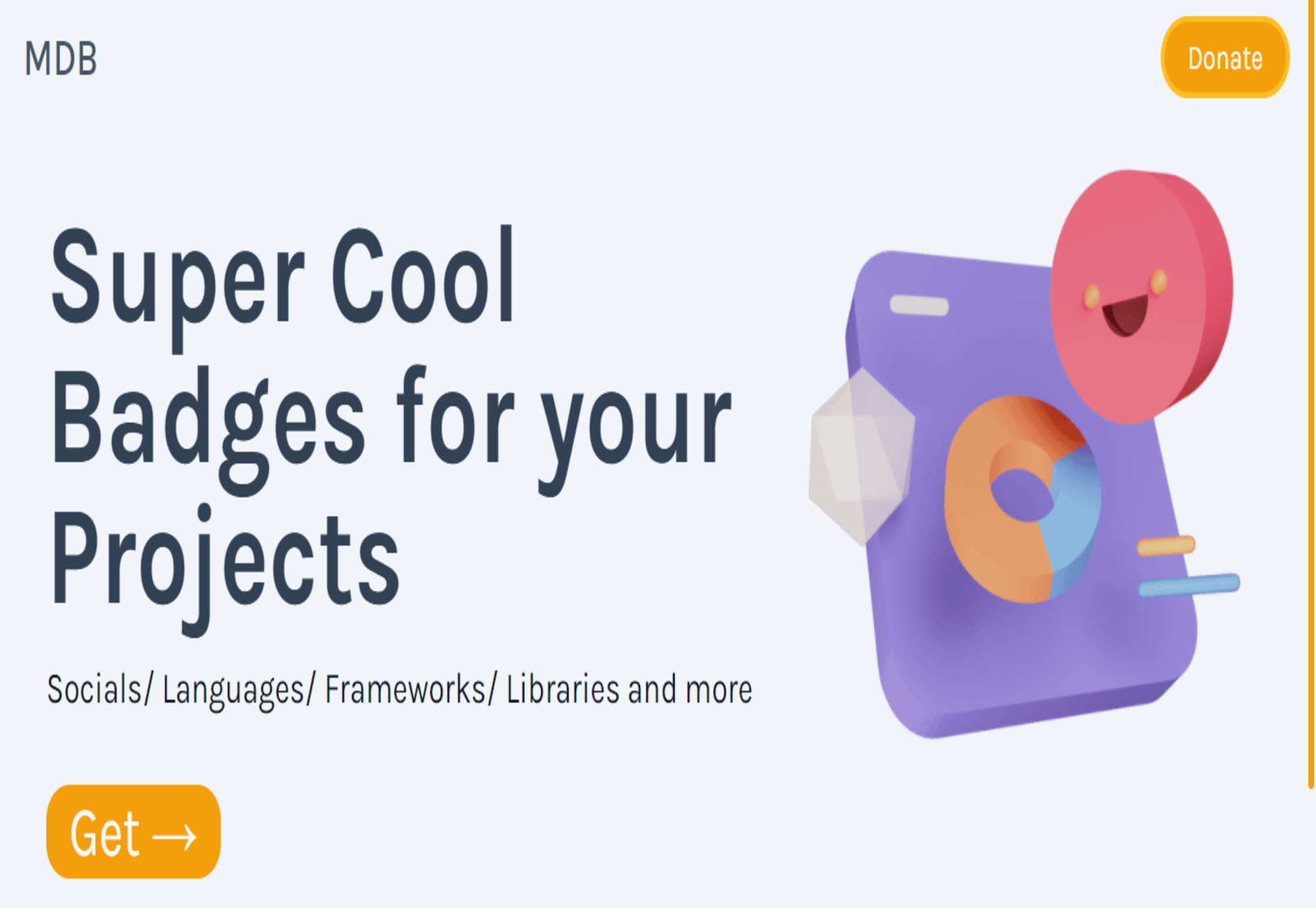The pandemic has accelerated a massive shift towards online shopping. More consumers are preferring online shopping over traditional ones, and most of the brick and mortar stores have started declining.
Even after the pandemic, the use of digital channels has increased significantly. This urged customers to purchase online from small household items to daily essentials.
Since the last few years, eCommerce has been one of the widely used platforms by most professional companies and has gained tremendous popularity. It provides an outstanding opportunity for businesses to grow and sell their products worldwide.
Customer experience plays an evident role and is at the center of the growth of any eCommerce business. To ensure utmost customer satisfaction, most eCommerce businesses opt for providing the most preferred and convenient payment method. The store owners collect payments from their customers through credit cards, debit cards, or digital wallets.
Till now, Credit cards have been highly preferred for making payments. But, in recent years, Buy Now, Pay Later options have gained significant popularity globally. Out of multiple payment options in the market, utilizing the best payment method is the prime concern. Buy Now, Pay Later is more prevalent amongst the young generation, especially while shopping online. Most companies have started to offer Buy Now, Pay Later options.
The future of BNPL seems to be shining amongst the youth as by offering such a payment facility, they can easily purchase the item of their choice. Moreover, it is nothing but a type of loan that the customers have to repay within a specified time frame.
Here, the store owners need to be careful while purchasing as everyone is not capable of making a repayment. BNPL has proved beneficial for those who want to make large purchases or have too pricey products.
By adopting such a flexible payment option, layaway has proved to be highly advantageous for store owners that have helped to reach new customers, increase conversions, and best serve existing ones.
According to a survey, nearly 55.8% of consumers have opted to use the Buy Now, Pay Later service, which is an almost 50% increase in less than one year compared to 2020. So, what are you waiting for to start providing your customers with Buy Now, Pay Later service to your customers?
Incorporate Buy Now, Pay Later functionality in your eCommerce store easily to fascinate a great pool of customers and leverage sales. So, if you are using Magento for your online store, you can easily assist your customers with Buy Now, Pay Later functionality using the Partial Payment extension for Magento 2 and provide them with the best payment experience.
What is ‘Buy Now, Pay Later?
‘Buy Now, Pay Later’ can be defined as the short-term financing option that attracts customers to purchase and make payments in the future without any interest. Here, the customers can pay in installments instead of paying the entire amount at that time frame.
Companies such as Klarna and Affirm even provide Buy now, pay later payment options for the purchase made from the merchants involved. As such, PayPal has also launched its installment loan program. Such financing options are even provided by other top companies like Chase, American Express, and much more.
The repayment needs to be done within the mentioned time period. The customers are allowed to pay either in equated monthly installments (EMI) or as a lump sum amount. The store owner can charge interest from the customers if they fail to make repayments within the mentioned time frame.
How ‘Buy Now, Pay Later’ Works?
‘Buy Now, Pay Later’ payment option is available primarily for the young generation, millennials, or those who do not have credit cards. At present, almost all eCommerce companies and banks have started to offer BNPL options. Banks such as HDFC, ICICI, and other eCommerce platforms like Amazon and Flipkart provide split payment options.
This helps attract potential customers to make a purchase. Such payment options have proved useful where the customers need to pay a certain amount in advance, the customers do not have a significant amount in cash, or the product is too costly.
BNPL facilitates customers to make purchases online and then pay over some time in weekly, monthly, or yearly installments. Usually, the interest rates of BNPL are comparatively high, but if they are paid within that specified time frame, you can avail it for free.
For instance, if you make a purchase worth $1000, you might be provided with a BNPL option. Here, you can pay in four equal monthly installments of $250 each without paying any interest. If you miss out on paying installments within the determined time, you will have to pay extra charges for the same.
Terms and conditions offered by various service providers may vary accordingly, which are as follows:
- Avail BNPL option from the merchant providing such payment facility.
- You might need to make a down payment of around one-fourth part of the total amount purchased.
- Make the repayments in equal interest-free monthly installments.
- Quickly make payments via debit card, credit card, or bank account.
‘Buy Now, Pay Later’ has proved to be compelling enough while making purchases online and has gained massive popularity in recent years with the rising trend of the eCommerce market.
How does BNPL differ from Credit Card Payments?
In most cases, BNPL and credit cards are similar in that they both provide deferred repayment options to the customers. However, specific critical differences are observed amongst these two products that are easily accessible. Using a credit card requires a good credit history and verification, whereas BNPL provides hassle-free access.
It is even possible to shop online and quickly opt for the BNPL option to make a payment. BNPL offers easy access, convenience and differs from many other aspects. Generally, credit cards offer free credit periods for upto 45 days, whereas BNPL offers to provide equal monthly installments that may vary from 15 days to one month.
Any business can easily use credit cards, and BNPL can be used via partner merchants. There are joining fees associated with the credit cards, whereas BNPL does not charge any joining fees or extra charges. Using credit cards, you can earn discounts, offers, and air tickets. However, there are no chances to gain rewards using the BNPL payment option.
Top BNPL Companies
BNPL has been serving the market for many years. But, a sudden upsurge in demand has been observed in the market due to the pandemic. According to the survey by Statista, it has been noted that one out of the three UK customers used the BNPL option to make payments. Moreover, the younger generation preferred using the BNPL facility compared to the older generation.
Some of the top players in the market are as follows:
- Afterpay
- Klarna
- Zip
- Openpay
- Payright
- Splitit
- Latitudepay
- LayBuy
Reasons Why Customers Prefer BNPL
With the eCommerce market continuously evolving, there comes a significant change in the payment facility such as “pay at the time of checkout” to provide customers with flexible payment options. Youths entering the market have brought a complete revolution in their shopping habits, from purchasing online to making payments. Provided here is a list of the top reasons for choosing BNPL as the most preferred payment option:
Feasible Rates
Compared to traditional credit cards, BNPL provides the most flexible payment option without charging any interest. Generally, BNPL does not carry any joining fees associated with it, whereas specific bank lenders may charge a small processing fee.
Moving Away from Traditional Credit Cards
BNPL has been the most flexible and preferred payment option amongst the young generation. A tremendous shift towards BNPL payment options has been observed while making larger purchases or too pricey products. High costs are associated with traditional credit cards, such as joining fees and interest charges.
Convenient & Flexible
BNPL offers flexibility and convenience to the customers by allowing them to make payments over a later period. Offering such flexibility encourages customers to make large purchases or easily purchase pricey products, and this will also help customers engage with the stores.
How is BNPL Beneficial to eCommerce Store?
BNPL has proved beneficial to my eCommerce store in many ways, such as boosting conversions, increasing sales, attracting potential visitors, and quickly focusing on the existing ones.
Increased Sales
As per the survey, the site providing the BNPL option has a 6% chance of conversion compared to others that do not provide such a payment facility. There are chances that customers might not make a purchase because of the unavailability of the payment method.
Customers might think of purchasing if they are comfortable enough with the available payment option. As a result, this will help to boost sales and increase conversions.
Facilitates to stand out in the Competition
Presently, BNPL has gained widespread popularity amongst most of the eCommerce stores. It is advisable to offer the best payment option to your customers to stand ahead of the competition. There are high chances that you may miss out on potential customers if you are not providing a BNPL facility. Adversely, it will highly impact your competitors if they are not providing the service.
Reduced Cart Abandonment
Offering pocket-friendly options encourages visitors to purchase without thinking about the cost associated with the product. Having an installment facility, the customers feel relaxed thinking about the product cost. This will motivate customers to purchase an item, and as a result, the chances of cart abandonment will likely reduce.
Advantages of Buy Now, Pay Later
- Convenient and flexible payment options.
- Low or zero interest rates as compared to credit cards.
- Easy approval.
- No joining fees.
- Transparent and straightforward process.
- Safe and secure transaction.
- Not essential to have a credit history.
Disadvantages of Buy Now, Pay Later
- Tracking payments is a challenging task.
- Delay in payments may result in late fees.
- No chances to gain rewards.
- Even if the item is returned, you still have to make payments.
- Credit limits are comparatively small.
Conclusion
Buy Now, Pay Later seems attractive enough if the customers don’t want to make a complete payment altogether. It facilitates customers by providing a little extra time for making payments.
Implementing Buy Now, Pay Later in your eCommerce store has proved highly beneficial. Providing such a payment facility shows that you care about your customer’s needs and, as a result, will help to grow your sales and can easily attract huge customers.
Hence, think of incorporating Buy Now, Pay Later into your online shopping platform that will help to allure a pool of huge customers and will help improve sales. This will help provide an in-class shopping experience to the customers with flexible payment options. As a result, it facilitates creating a win-win situation for both customers and store owners.
The post Importance of ‘Buy Now, Pay Later’ in the eCommerce market appeared first on noupe.





